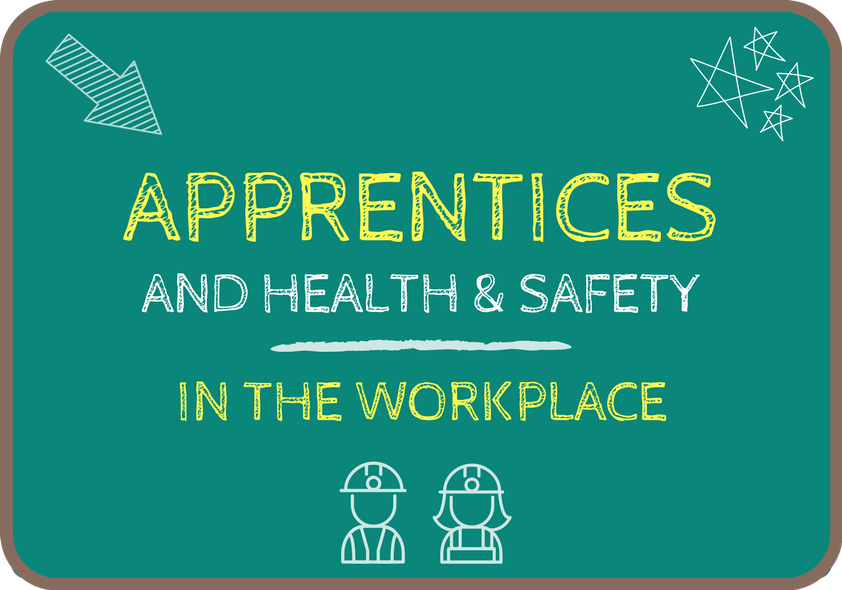
Kelly Rose
Editor

Kelly Rose
Editor
For the 16-18-year olds, the Government is proposing to introduce T-levels, as a technical alternative to the more academic A-levels. T-levels will either be completed as part of an apprenticeship, or at college alongside relevant work experience which would mean more young people in the workplace.
From the employers’ point of view, although the number of people starting apprenticeships fell in 2017 by nearly 60%, there is expected to be an increase in new apprenticeships in 2018 as deadlines for employers to spend their banked apprenticeship levy payments approach.
If you employ young people, the Management of Health and Safety at Work Regulations require you to consider “their lack of experience, or absence of awareness of existing or potential risks.” Whilst the legal definition of a “young person” is under 18, accident statistics show that 20-24-year olds have a higher accident rate than 16-19-year olds, so in reviewing your risk assessments you should consider a wider age range than the strict definition. According to the HSE, regardless of age, workers are as likely to have an accident in the first six months at a workplace as during the whole of the rest of their working life.
In reviewing your assessments, remember the young people damaged by work. Like the 18-year old, who unlike his more experienced colleagues, didn’t know to look out for skylights and fell through one, suffering severe head, facial and back injuries, and spending three weeks in a coma; or like the 16-year old who suffered severe burns when the bucket of hot oil he was carrying spilled onto his leg and foot at a fast food restaurant; or the 24-year old killed within two hours of his arrival on site on his first day working at a dock, his head crushed by the grab of a crane.
However, young people should not be seen just as a challenge to your risk assessments, or a hazard to a be managed. Young people are an opportunity to get some new ideas into the workplace. They will not tell you “but we’ve always done things that way.” The generation joining the workplace now are much more comfortable with technology. They can’t remember life before you could look everything up on the web. They are less likely to want to sit and read a safety manual, or to complete paper and pen checklists. If you’ve been trying to introduce an online system into your workplace to help manage your health and safety management system, then seek out the young people and get them to help you. Teach them to do their first risk assessment sitting at a computer, especially if you have risk assessment software in place; show them how to carry out their first workplace checklist on a mobile device; offer them the chance to learn more about safety using e‑learning. They will learn quickly and be your advocates, helping older colleagues to get the hang of new ways of working.
For the majority, safety awareness at school was limited to not running with scissors in the corridors. The generation joining the workplace now have been taught about safety as part of the curriculum, particularly in science, geography and technology lessons, with risk assessments included in the syllabus. Unless they see their older colleagues behaving unsafely, they will accept the need for safe behaviours. They could even be a good influence on the workplace. If you want to see the positive attitude of young apprentices towards safety take a look at the Dust ‘n Boots rap or the glove-off challenge on YouTube.
For more information on keeping apprentices safe at work, see: Apprenticeships And Health & Safety: What You Need To Know: blog.effective-software.com/webinar-invite-trends-in-apprenticeships

The Moorings
Lennox Place
Portobello
DO V96 Dublin
D08
IRELAND
+353-1 4853551